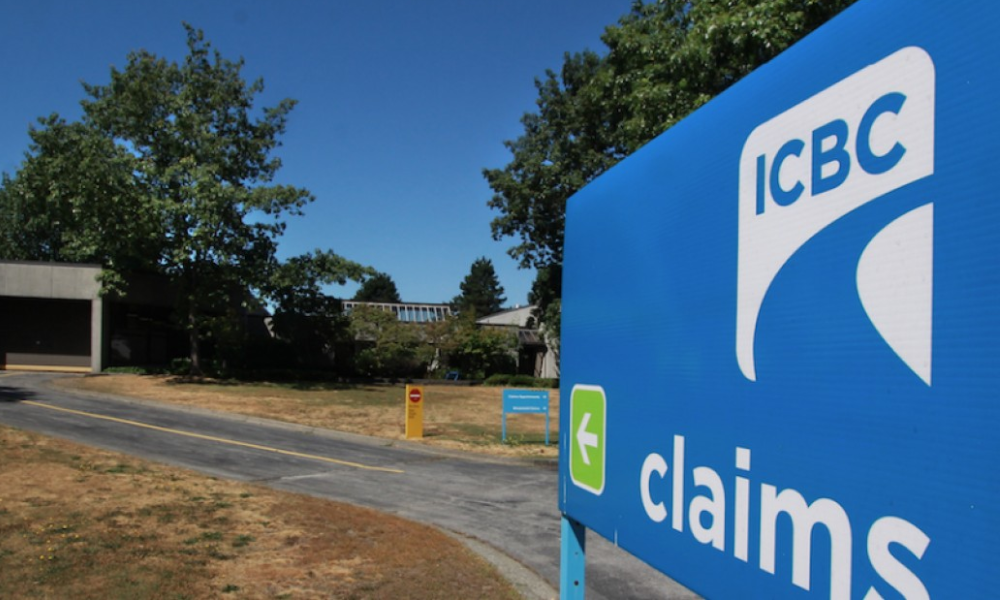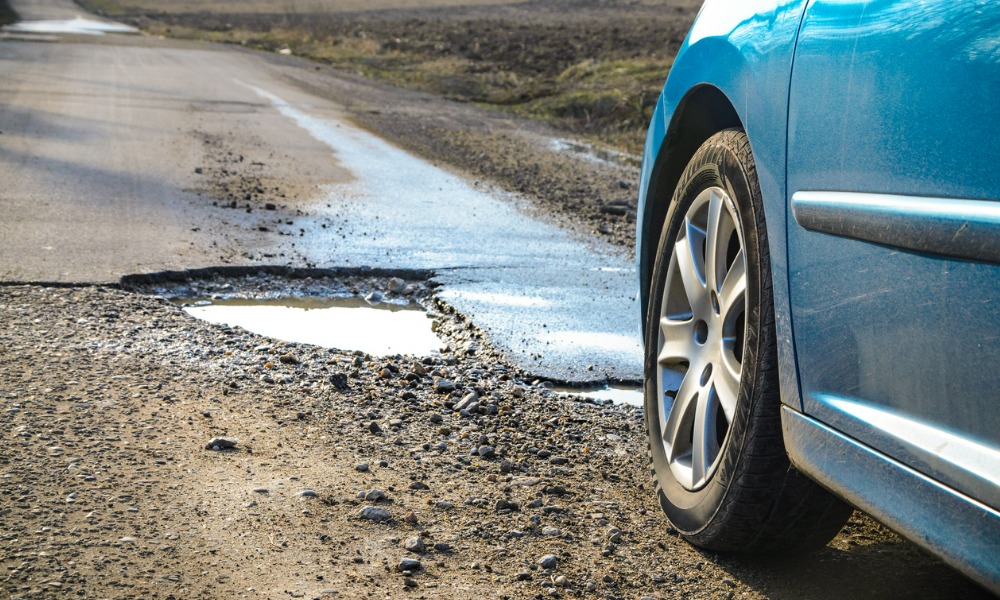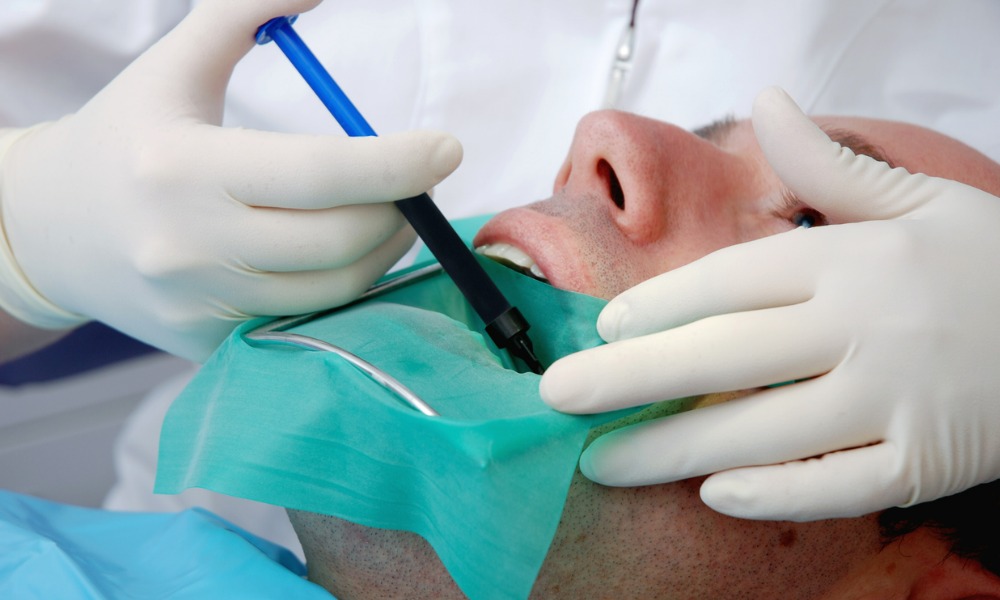Decision upheld on administrative law grounds, but dissenting opinion says cap is unconstitutional

British Columbia’s court of appeal has dismissed the province’s appeal of a lower court decision that struck down as unconstitutional the province’s six percent cap on disbursements for experts in personal injury actions arising from auto accidents.
However, while the Court of Appeal for BC panel earlier this month denied the Attorney General’s appeal on administrative law grounds, two judges did not find the regulation unconstitutional. Still, a strong dissenting opinion by Justice Mary Newbury dismissed the appeal on constitutional law grounds as well.
Justice Newbury, who agreed the appeal should be dismissed on administrative grounds, wrote that to the extent that the cap on disbursements - six percent of an anticipated settlement or award - may “force plaintiffs in motor vehicle accident cases to decide they simply cannot afford to proceed with their claims, or parts of their claims.
“I conclude it is inconsistent with the “basic judicial function” of superior courts and infringes their core jurisdiction.”
Newbury added that in the absence of a provision that permits the trial court to exempt a party from the six percent disbursement ceiling, she sees “no option” but to determine that the government regulations “infringes the core jurisdiction of the BC Supreme Court” and thus “runs contrary to an important ‘constraint’ on the regulation-making authority . . . under the Evidence Act.”
The appeal court decision follows a trial court decision in Le v. British Columbia (Attorney General), released in July 2022, in which the BC Supreme Court found the regulation that established the six percent cap on disbursements for experts in personal injury lawsuits was inconsistent with the enabling statute’s purpose. The cap, along with a three-expert limit – is a feature of the Insurance Corporation of BC’s attempt to control its auto insurance claims costs.
The chambers judge in that case said the statute implementing the province’s auto reforms recognizes the court’s discretion to consider the proportionality of experts required to prove the injured claimant’s case. However, the supreme court ruled that the regulation enabling the six percent cap on disbursements removes the court’s discretion, which effectively restricts how many experts injured claimants may choose to present evidence in their case.
Thi Sau Le, a 77-year-old retiree, alleged in a separate court proceeding that she was struck by three vehicles while attempting to cross Victoria Drive in Vancouver on Jan. 3, 2020. Le’s counsel believed that, due to the nature of her injuries and her circumstances, the cost of assembling the expert evidence to prove her injuries and their impact would likely be between $30,000 and $50,000 (double that if the experts are called to testify at trial). This would significantly exceed six percent of her anticipated damage or settlement award.
The trial court found the regulation discriminated against the injured claimants in a way that it did not against the defendants. “The impugned regulation applies a fixed limit [of six percent] only on the recovery of disbursements by plaintiffs and gives the court no discretion to permit exceptions in the circumstances of individual cases,” the court ruled, striking down the cap regulation as both administratively unfair and unconstitutional.
“But where a defendant is entirely successful, such as when the plaintiff fails to prove liability, the disbursements recoverable by the defendant are, of necessity, left entirely to the court’s discretion.”
Attorney General appeals chambers decision striking down cap
The Attorney General for the province appealed that decision on both administrative and constitutional grounds. The administrative law questions the appeal court was asked to resolve were whether the chambers judge erred in holding that the cap regulation is “inconsistent with the objective, language and purpose of its enabling legislation read as a whole” and whether it was consistent with the legal concept of proportionality.
In their reasons for judgement dismissing the appeal, Justices David Harris and Peter Voith wrote on the first point that they do not think that “the impugned regulation, in the form in which it has been enacted, can be justified on any reasonable interpretation of the purpose and object of the authorizing statute.”
The “fundamental problem” is that the means adopted - to impose an inflexible percentage cap on recoverable disbursements - to advance the statutory objective of promoting a conception of proportionality “leads to the potential for disproportionately prejudicial outcomes in a significant number of cases.” Adopting the regulation without providing discretion to depart from the percentage cap “in circumstances where it would be prejudicially disproportionate not to do so is not valid on any reasonable interpretation of the purpose and object of the statute.”
On the issue of proportionality, Justices Harris and Voith wrote that to the extent the cap incorporates “proportionality within its terms,” it does so in a manner “not reasonably supported by or consistent with any reasonable interpretation of proportionality within the enabling statute.
“To the contrary, it conflicts with the meaning of proportionality in the enabling statute and, in fact, undermines the statutory object or purpose in many cases.”
They note that the data provided to the court shows that the six percent cap “reasonably” reflects the cost, complexity, and importance of the issues in a case.
This differs from how the enabling statute grants the court discretion to deal with the need for experts proportionately. Although there is a limit to three experts in minor auto injury cases in BC’s new auto reform legislation, the law allows courts to go with more experts if the issue is particularly complex.
Plaintiff feels she needs more experts to prove her case
In her personal injury actions, the plaintiff, Le, estimates that, due to the number of different injuries involved, experts in up to eight different medical or therapeutic specialties will be needed to prove her damages, the supreme court observed in the July 2022 decision. She may also incur disbursements to retain an accident reconstruction engineer to prove liability and an interpreter to attend examinations for discovery and trial.
On the constitutional question, Harris and Voith write that the position of Le’s counsel that “core jurisdiction is infringed” where changes to a costs regime depart from “prevailing standards” merely “serves to constitutionalize” the status quo. “That is not what the constitution requires.”
“We are of the view that the six percent cap on disbursements does not infringe upon the courts’ constitutionally protected core jurisdiction” and “does not prevent the superior court from acting as a court of inherent jurisdiction.”










